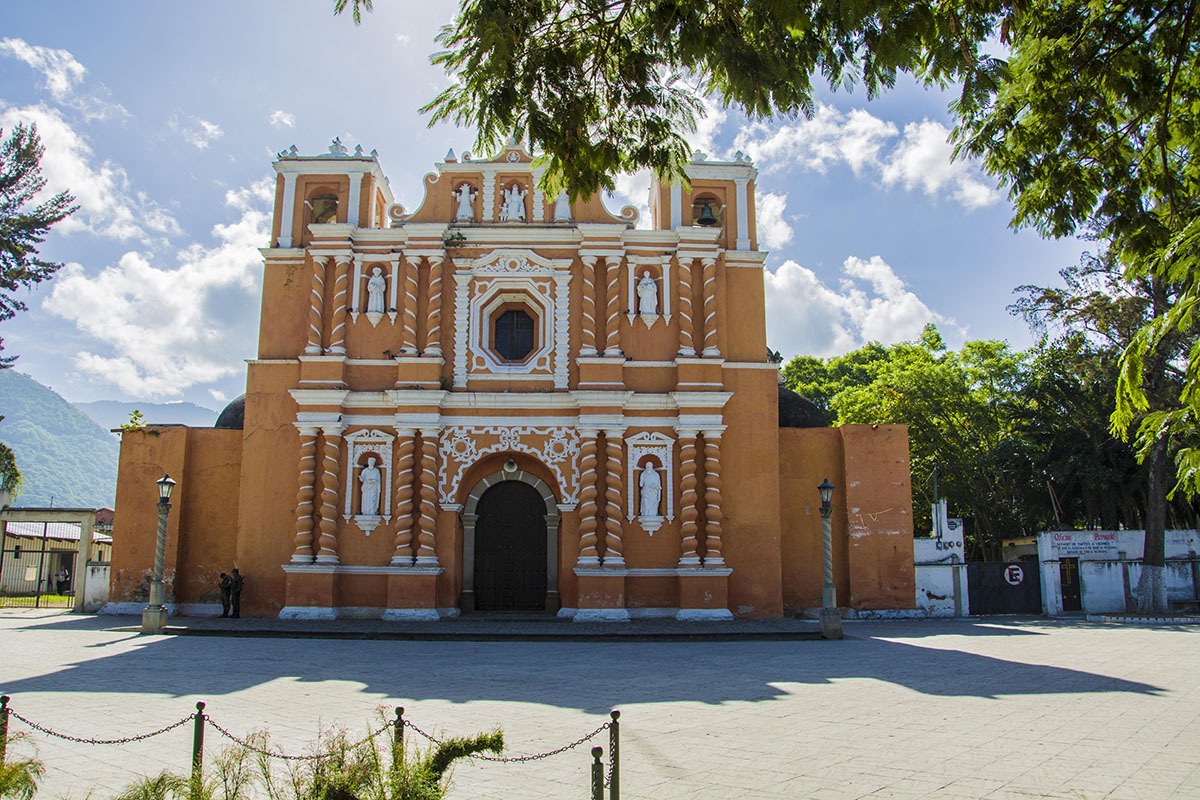How to get to Jocotenango
As you go along Calle Ancha de los Herreros, towards the North – after 5 minutes weaving through all the cyclists and motorbikes – you’ll reach a small but unique town; interesting not only because of the people who live there, but for what they have achieved as well.
Once you reach an irregular-shaped park – where you can spot a statue of a large green, yellow and red Jocote (a traditional local fruit) – and you bear right, you can see a small square facing the Municipal building. The architecture of the building is such that the front veranda is made up of circular arches and – in the front – sits a large, impressive church that displays its baroque roots through its thick columns and wide atrium that joins up with the park. You have now arrived in the heart of the Municipality known for its jocotes– Jocotenango.
About Jocotenango:
The history of this town dates back to colonial times, when it was a farming town, home to the indigenous people who had migrated upon the re-locating of the city of Santiago from what is now known as Ciudad Vieja (Almolonga) in 1541. In this town, highly-skilled builders settled; and the temple of the Virgin de Asunción in the main square that still stands today is one of the best examples of their work.
The jocoteco (from Jocotenango) culture emphasizes theater as an expressive art form – one that was used from colonial times, due to the fact that curates at that time (particularly from the Order of Preachers otherwise known as Dominicans) would use dramas and dances in public places to illustrate history and tradition; and to catechize the indigenous population.
This type of artistic expression – fostered in historic times – continues to form part of the lives of the jocotecos today. Over the course of the year there are several celebrations, including el baile de la figuritas (always accompanied by a car-mounted disco system that plays the music to accompany the detailed choreography), and – during the party to celebrate the patron saint of the town in August – you can see traditional dances that represent the Conquest and that of the moros y cristianos (Moors and Christians).
Virgen de la Asunción:
The Municipality of Jocotenango and the City of Guatemala share a celebration. From around the 10th-16th August the rhythm of both of these places is shaken up as they welcome fairs and traditional food stalls as part of the celebration to honor their shared patron: La Virgen de la Asunción.
In Jocotenango, the celebration takes place in the area around the Church and in the space provided by the park, and includes cultural, religious, social and recreational activities; both in the open air and in the Municipal Hall to one side of the Church.
In the capital city, the Avenida Simeon Cañas in Zone 2 provides the stage for the convergence of all the people who will arrive for the celebration. An interesting fact: in 1935 president Jorge Ubico ordered the celebration to be held in the month of November, as this was also the month of his birthday. It wasn’t until the government of Juan José Arévalo that it was changed again to its original date.
Third Week of Lent
On the Sunday of the third week of lent is the Jocotenango procession. If you happen to be in Antigua over the weekend, then this really should not be missed. Click on the related post below to learn more.


